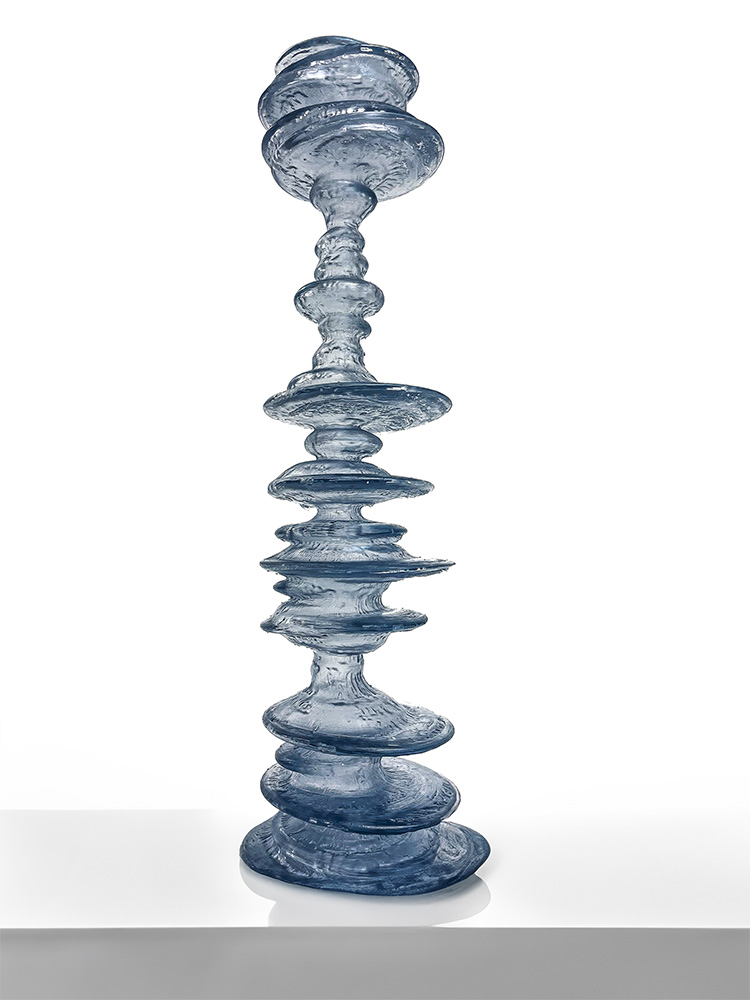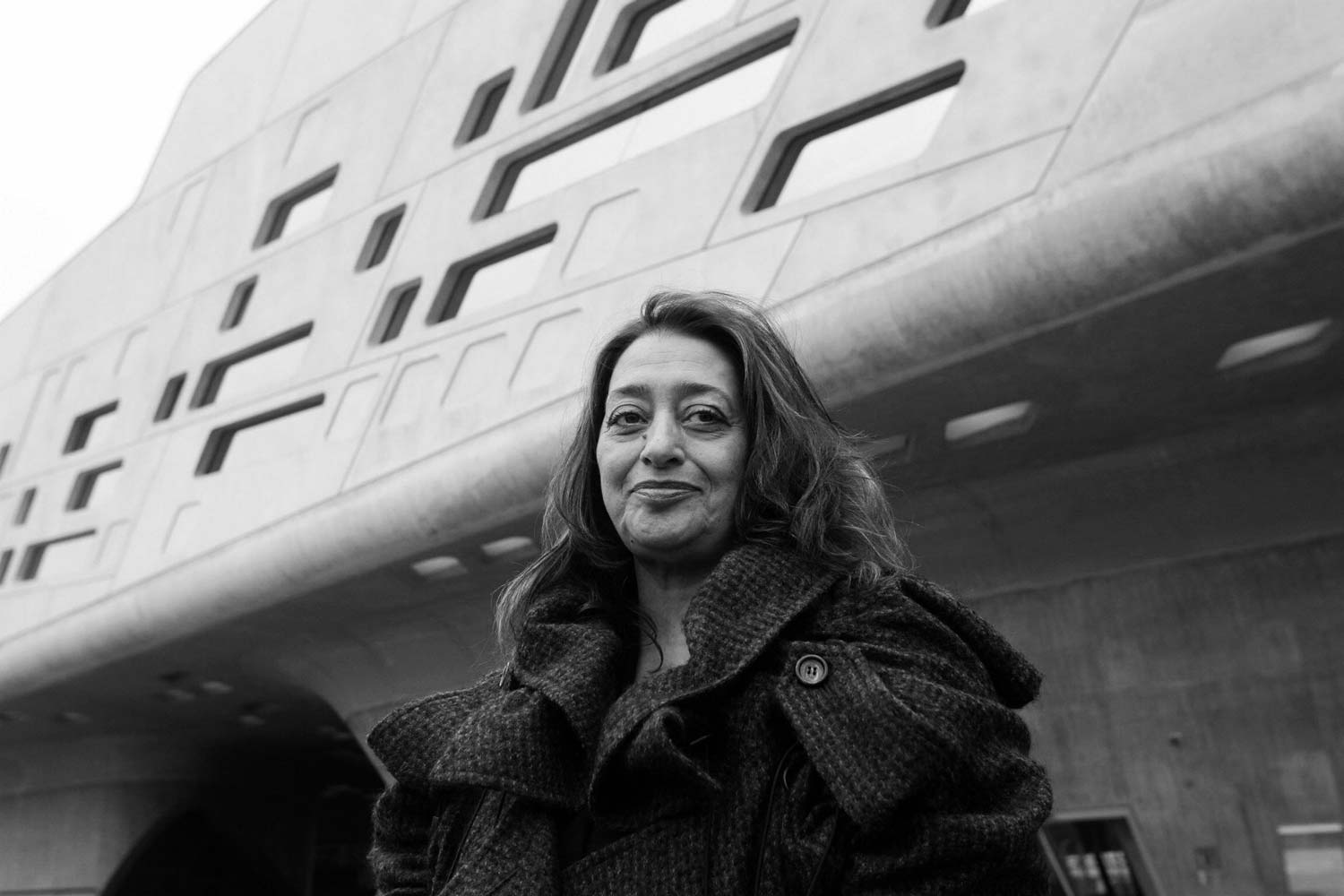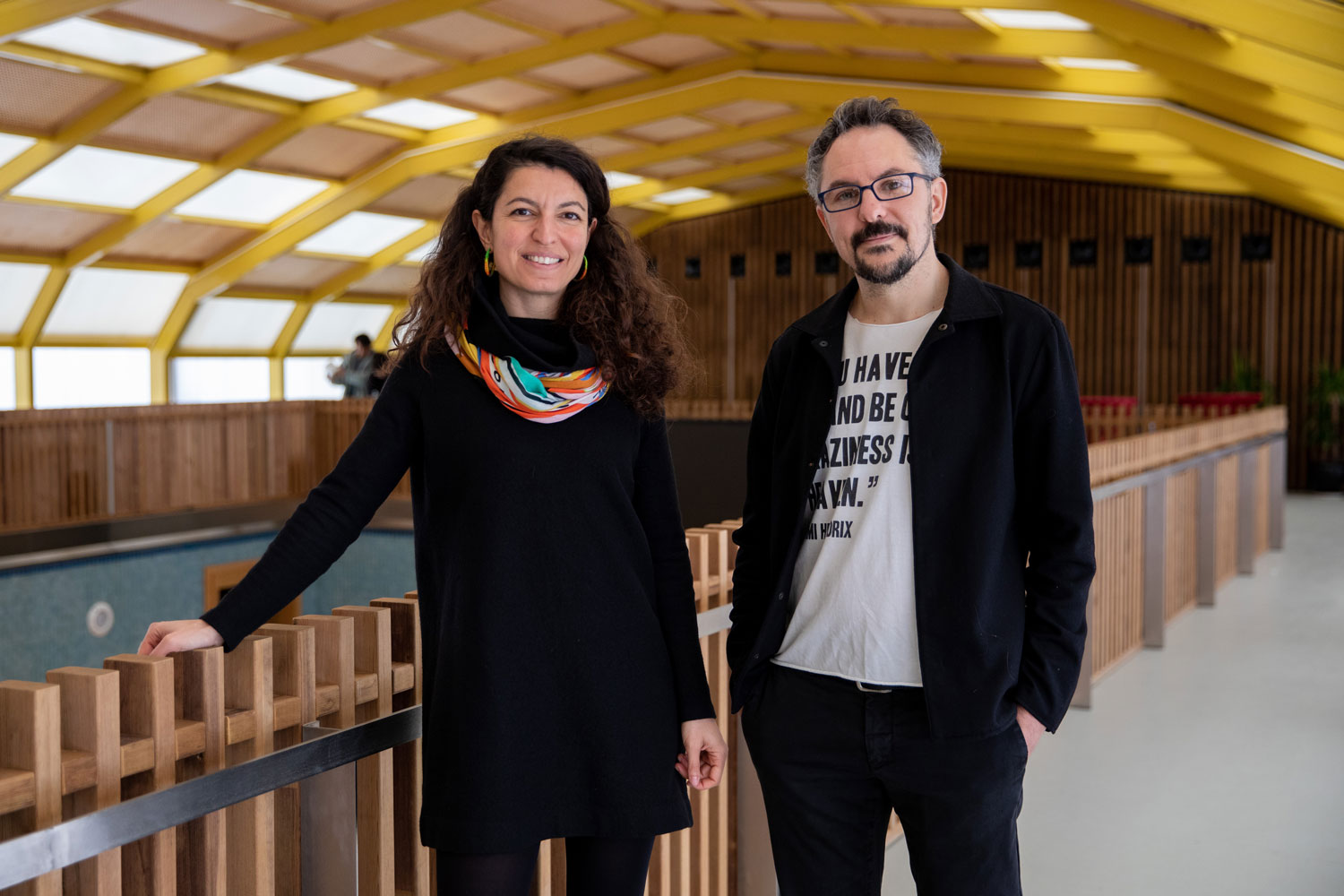
Thanks to the Gavle Symphony Orchestra, designer Julia Koerner and curator Andreas Vierziger made the Frozen Music project possible. It goes beyond standard boundaries by making music more real through 3D printing.
The center of Frozen Music is the incredibly complex process of turning music played by the Gavle Orchestra into three-dimensional statues that can be touched and handled. This is meant to strengthen the sensory experience of music by making its soul real. The three sculptures come from the architectural planning process, showing how different types of art can come together.

Serenade No. 1 in D Major, Op. 11 movement V. Scherzo. Allegro by Johannes Brahms is the first sculpture. Through several thick and beautiful radial shapes that change quickly, as heard in the symphony. Over the shapes, various microstructures grow, similar to how moss and lichen grow on rocks and trees in nature. These microstructures show the symphony’s details.
The second sculpture is based on the third movement of Bo Linde Suite Bolougne OP32. It is marked as Melodie Simple Tranquillo ma fluency. The sculpture shows off the smooth sounds of the flute through its soft moves and honey-like shapes. The third sculpture, Djefvulsdansen (Devil’s Dance) from Symphonic Stomp of Sweden, has a fluid, changing shape that was made by a simulation that shows off the fun, crazy bagpipe beats of the piece. The small details of the music piece’s structure change digitally, revealing a unique design that captures the spirit of sound creation.


The computer magic at work turns the complicated sounds into a story in pictures. The beautiful looks of these things create a visual echo that resonates with the music that inspired them. When the 3D printer starts up, it makes a piece of graphic music one layer at a time. The result is a physical representation of sound and a well-balanced mix of artistic vision and technology skills.
















































